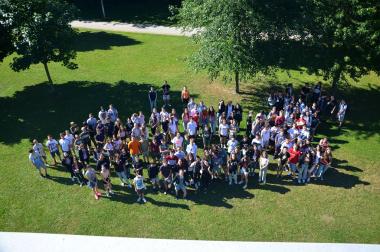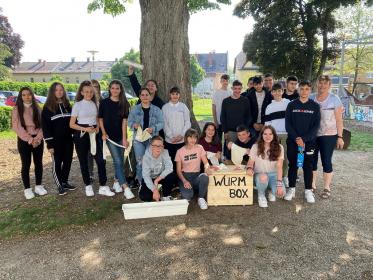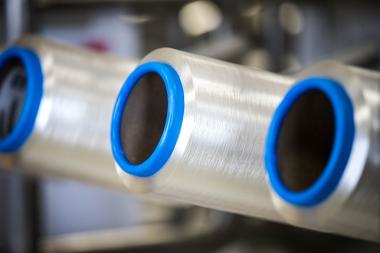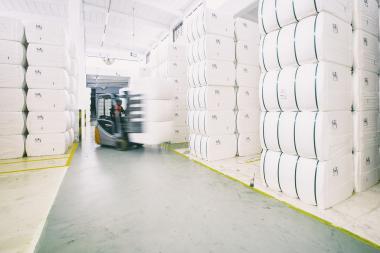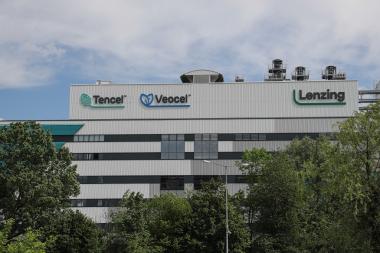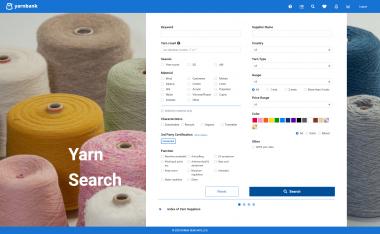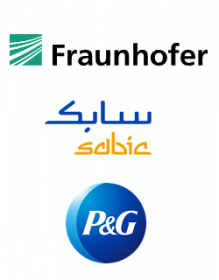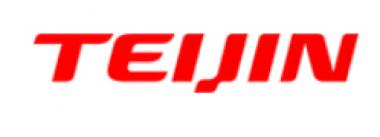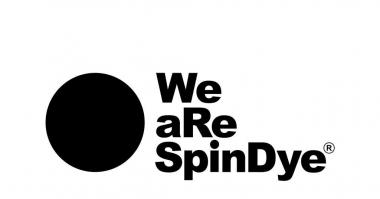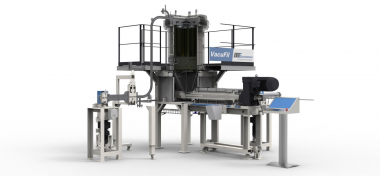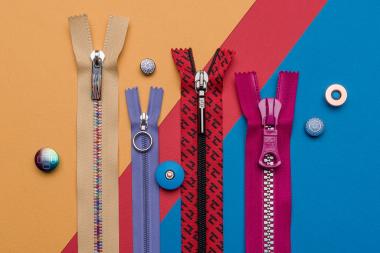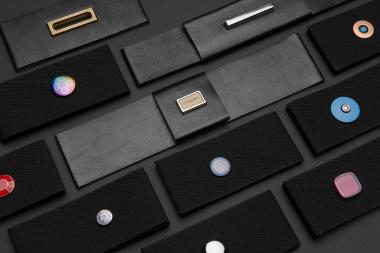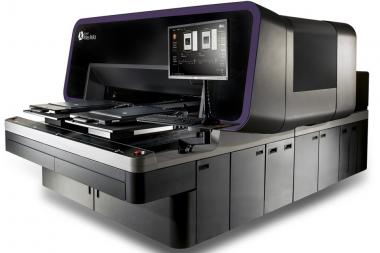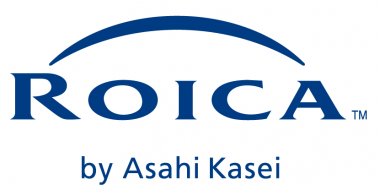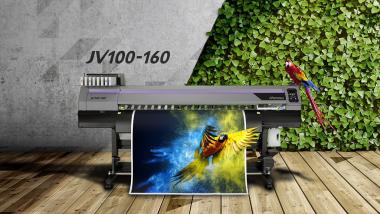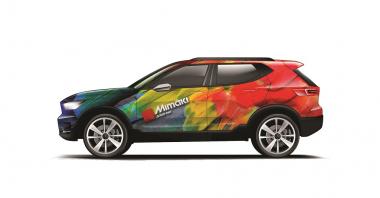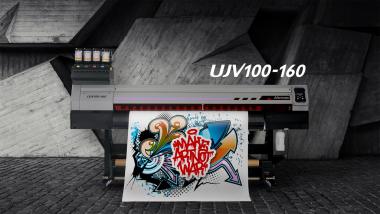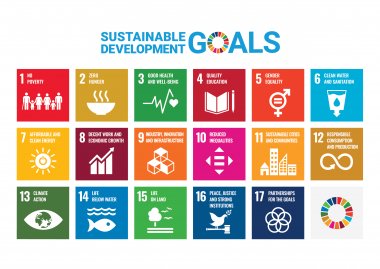PCMC names Steven Charapata as Aftermarket Sales Executive-Controls Obsolescence
- Experienced leader will work with customers to develop controls obsolescence strategies
Paper Converting Machine Company (PCMC)—a division of Barry-Wehmiller and a leading supplier of high-performance converting machinery for the tissue, nonwovens, package-printing and bagconverting industries worldwide—is pleased to announce that Steven Charapata has accepted the position of Aftermarket Sales Executive, specializing in controls obsolescence upgrades.
In his new role, Charapata will work with customers to develop a controls obsolescence strategy by identifying and prioritizing equipment, developing a plan, and proposing solutions that can provide a phased approach to manage risk, downtime and capital expenditures. Charapata has more than 20 years of experience updating obsolete controls systems on PCMC machines and other converting equipment. He joins PCMC from Zepnick Solutions Inc., where he was a controls obsolescence Project Leader.
“Steve’s expertise and extensive controls experience will be assets for our customers,” said Joe Schuh, Aftermarket Sales Director. “Complete controls upgrades can be overwhelming. Steve will work with our customers to create a comprehensive, effective and well thought-out plan that will minimize their risks and downtime. He brings a unique understanding of controls systems, hardware and software design, and capital equipment. We’re thrilled to have him join our team.”
Paper Converting Machine Company PCMC Steven Charapata Barry-Wehmiller converting machinery
Barry-Wehmiller






